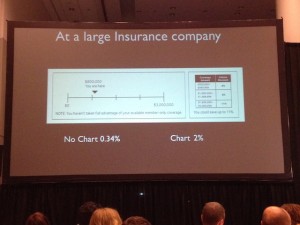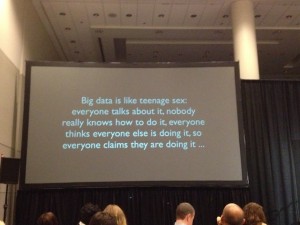
Almost a century ago, John Caples wrote one of the most famous direct response ads of all time: “They laughed when I sat down at the piano. But when I started to play…” Caples combined a homespun way with words and a scientific approach to analyzing the interests of his audience, as documented in his classic Tested Advertising MethodS.
If John Caples were to re-animate, be zombified, or simply time-shift to the present day, what would he be writing now? Maybe something like the work of Neetzan Zimmerman, who was recently profiled in the Wall Street Journal. Zimmerman doesn’t write space ads, long-form direct mail or emails. He’s an editor at the website Gawker, where he’s charged finding story threads that are so irresistible, people not only read them but pass them along, in huge viral numbers, to their friends.
Zimmerman was responsible for “Mom Fined $140 Every Day Until She Circumcises Her Child” and “Black Man Arrested Dozens of Times for ‘Trespassing’ While At Work” among countless other gems. His posts generate an astonishing 30 million page views a month, more than all other Gawker contributors combined. When they linger on his posts, web visitors see the ads that accompany them; that’s the Gawker revenue model.
According to WSJ, Zimmerman’s ability to draw traffic allows Gawker to subsidize other deeper and longer pieces. He’s the equivalent of a retail loss-leader, but with words. Like Caples, he combines a scientific curiosity with the ability to connect with his audience on the topics they care about—“cute, outrageous, heartwarming, hilarious, anger-inducing” being some typical threads.
Zimmerman starts each day by analyzing the metrics (Twitter and Facebook mentions) for popular stories, then deciding which ones to pass along. “Within 15 seconds, I know whether an item is going to work,” he told WSJ. “It’s a biological algorithm… I’ve put myself into the system—I’ve sort of become the system—so that when I see something I’m instantly thinking of how well it it’s going to do.” He adds that he can no longer tell the difference between stories he finds interesting and stories that will be popular. “If it’s not worth posting then I’m not interested.”
Lee Euler, a savvy newsletter publisher who was my client at one time, describes this as “the common touch”. It’s not enough to write well, to know your subject and audience, to deliver up benefit statements that get readers reaching for their wallets. To be a truly great and consistently control-busting copywriter you need to be able to connect with people on a visceral level, where they trust you and want nothing more than to hang on your every word. It’s a rare gift, and this guy seems to have it.

